On and off the tourist trail in Lisbon, Portugal
It is often said that Lisbon, like Rome, was built on seven hills.
Legend has it that the mythical hero Odysseus founded what is now the capital city of Portugal on those seven hills during his epic journey home to Ithaca after the Trojan War. Unfortunately it seems far more likely that the area was first settled by Phoenician traders somewhat later, around 700 BC. Either way, Lisbon stands now as one of the oldest cities in Western Europe.
The hills and valleys the city is built on make walking in Lisbon a delight, if a little exhausting in the blazing sunshine it enjoys for much of the year. The older Bairros (neighbourhoods) near the river - Alfama, Mouraria and Castelo - are a maze of narrow cobbled streets, wrought-iron balconies and colourful buildings decorated with traditional azulejos (hand-painted tiles). These neighbourhoods were left more or less undamaged by the 1755 earthquake and form the city’s historical heart. I believe that some of the most interesting and rewarding walking routes are to be found here and it is well worth taking the time to explore properly.
Some of Lisbon’s best Miradouros (viewpoints) can also be found amongst these steep streets, especially around the cathedral and further uphill towards the castle. The Miradourous are small squares, terraces and parks that overlook some of the city’s finest views and make great rest stops for the hot and tired traveller.
I’ve been visiting Portugal for over twenty years and, as much as I adore the Silver Coast where I spend the majority of my time, when I visit Lisbon I love to wander, camera in hand and with no grand plan or mapped-out route, through its ancient heart. What follows is a collection of photographs compiled from several such walks for your viewing pleasure.
Please note that this is a very long post with around thirty high resolution images and so it might take a little time to fully load. All images can also be clicked on to view full screen.
Praça do Comércio
The grand Arco da Rua Augusta is the entrance to the Baixa, the district rebuilt from the rubble of the earthquake in 1755.
Alfama - calçada, azulejos, lots of steps (and lots of tourists)
Sé de Lisboa (Lisbon Cathedral)
The area around the cathedral is a seething mass of tourists and honking tuk-tuks – don’t discount it as a tourist trap however as the nearby streets are well worth exploring away from the crowds.
Miradouro de Santa Luzia , Miradouro das Portas do Sol and the 28 tram
The 28 tram, with its route that takes in many of the key tourist sights in Lisbon, is hugely popular. Personally I prefer to take photos of it, rather than from it but taking a ride on it is a must for the first-time visitor.
Miradouro Sophia de Mello Breyner Andresen
Also known as the Mirodouro de Graça, this terrace on Santo André hill has some fantastic views - if you can get close!
The walk back down is equally stunning.
Miradouro de São Pedro de Alcântara
Unfortunately the Miradouro de São Pedro de Alcântara is undergoing works to stabilise the structure along the edge and much of it is fenced off. However this lovely park (situated in Bairro Alto to the west of the Baixa) still offers fantastic views of the Castelo de São Jorge but you’ll have to work that little bit harder to get the photo.
Bairro Alto
Bairro Alto has a very different character during the day compared to at night. When the Fado bars and restaurants are closed it is just as enjoyable to walk as Alfama but far quieter, especially at weekends. The views down to the river, with glimpses of the statue of Cristo Rei and the Ponte 25 Abril between the old buildings, are well worth discovering.
Mouraria and Palco Planisfério
Mouraria is one of Lisbon’s oldest neighbourhoods, but isn't as well-known as the Baixa and Alfama close by. It is from here that Fado music originated - the quintessentially Portuguese folk music that tells the story of the country and its people.
Palco Planisfério is a bar with live music hidden away on a side street in Mouraria. It’s run by the “Associação Renovar a Mouraria” and exists to help promote up and coming local musicians from the neighbourhood. It’s an important arts and cultural hub and I’m happy to promote their efforts here. If you want to find out more visit their website.
If you enjoyed this post please leave me a comment below and don't forget to check out the rest of my blog!
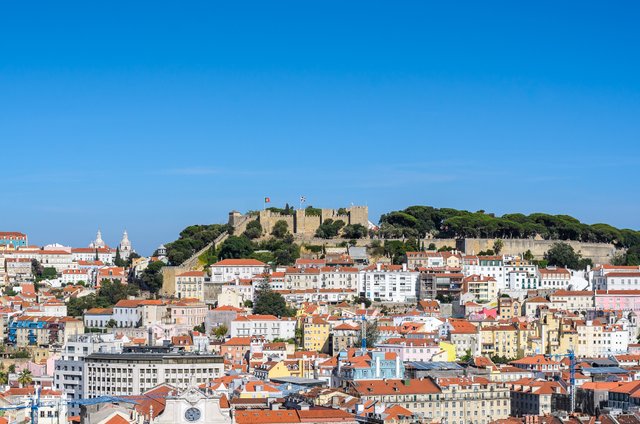
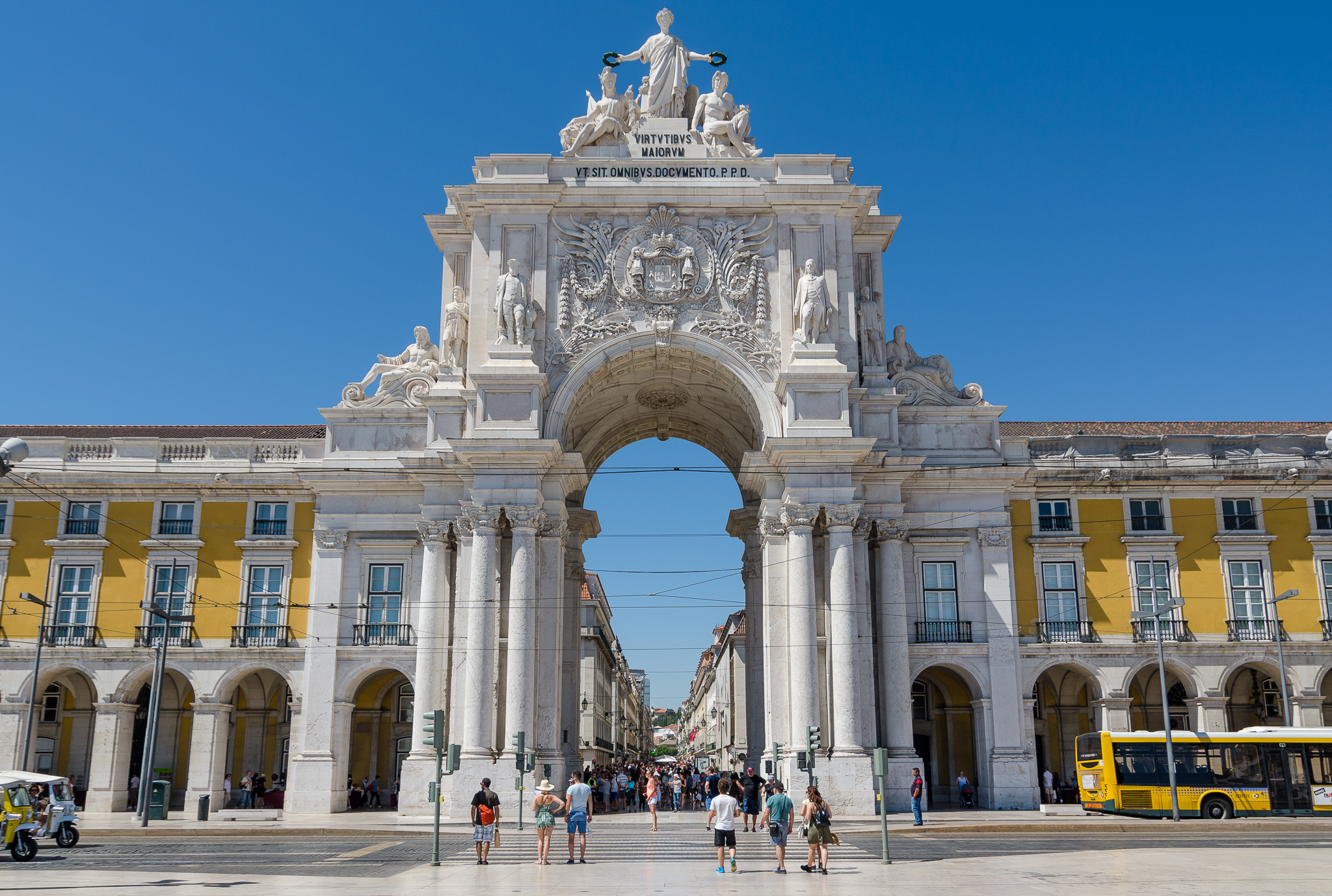







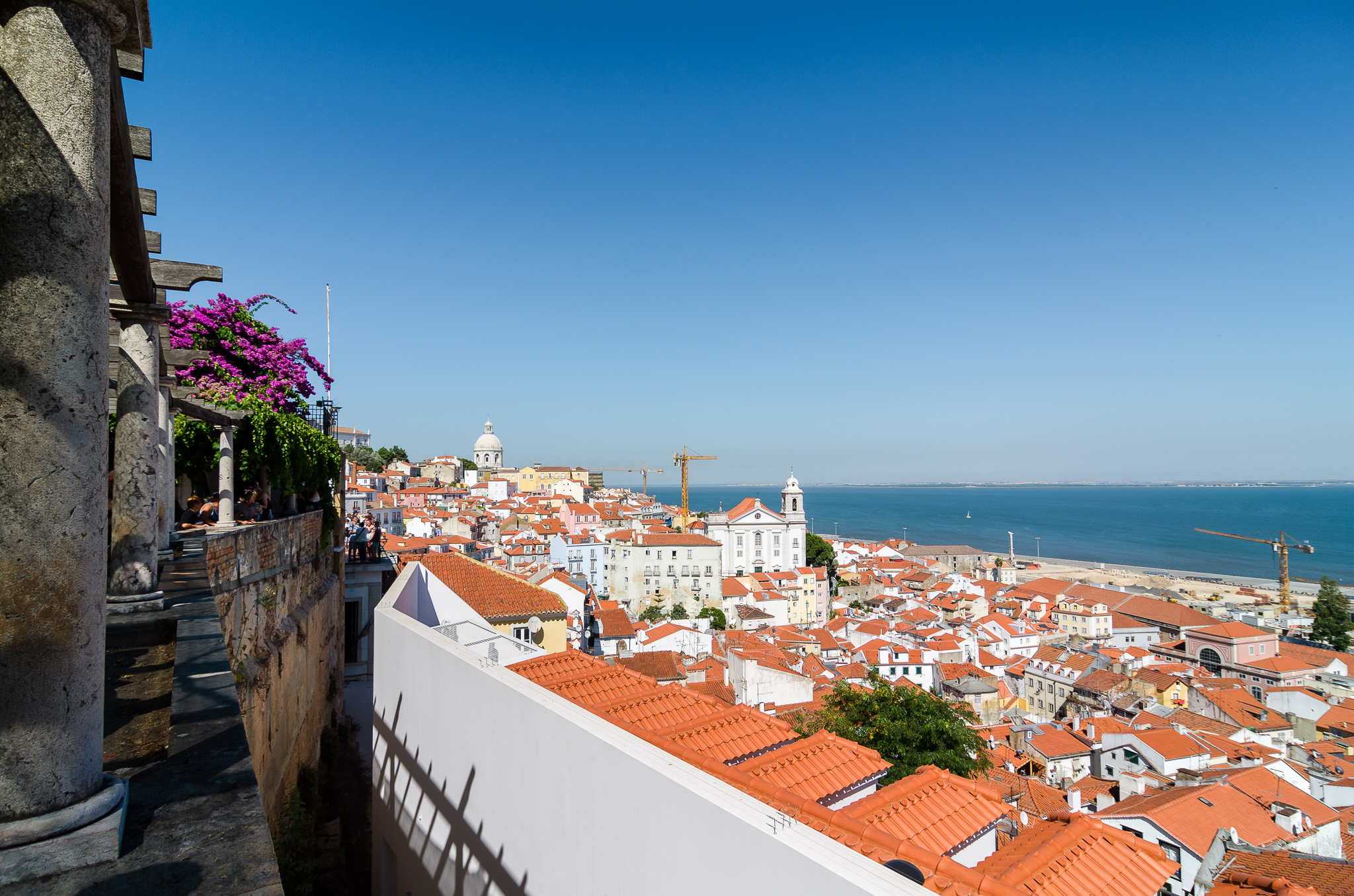
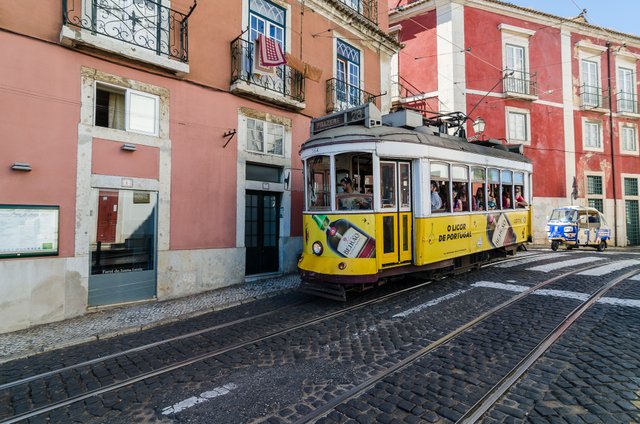
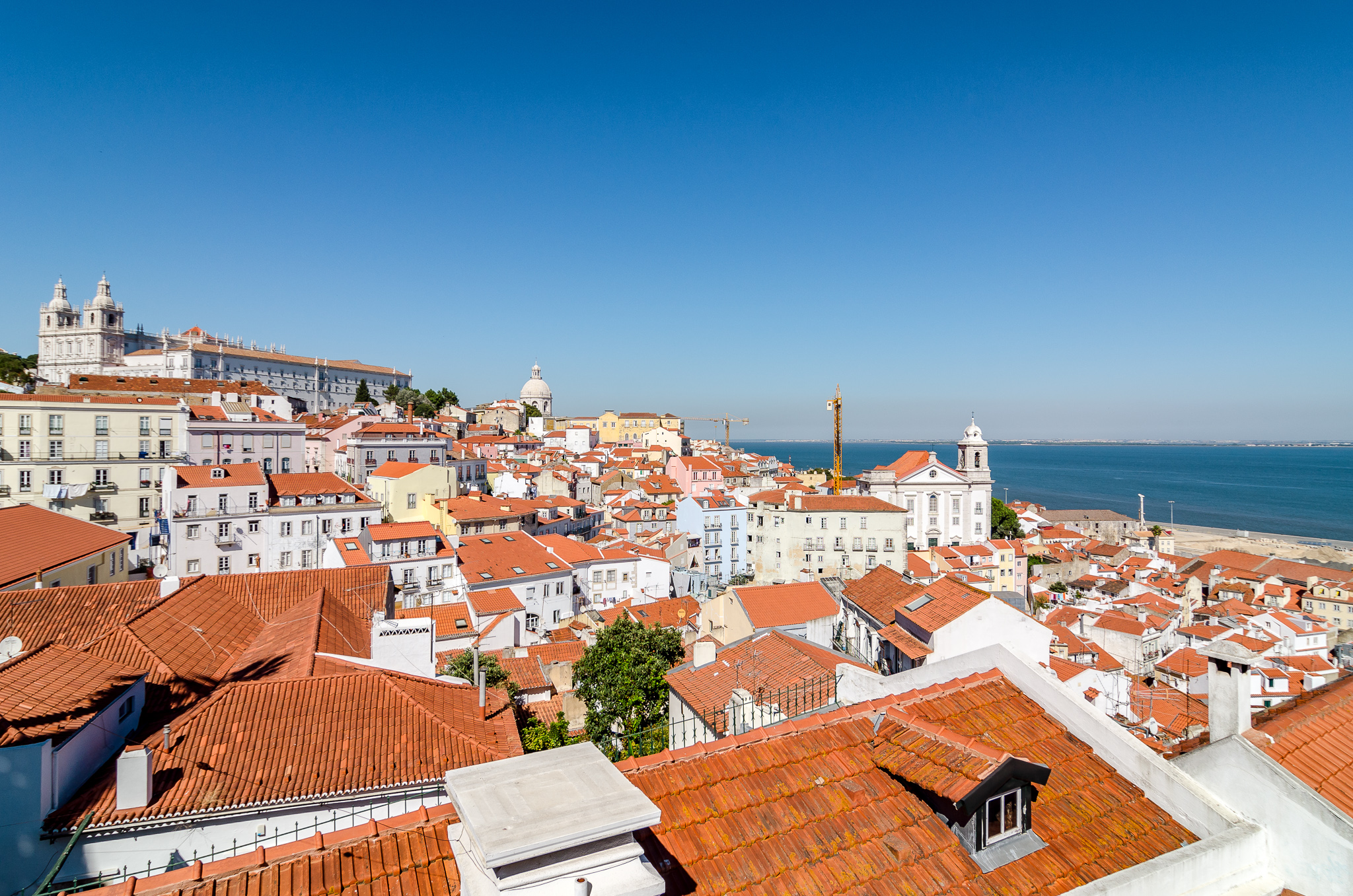

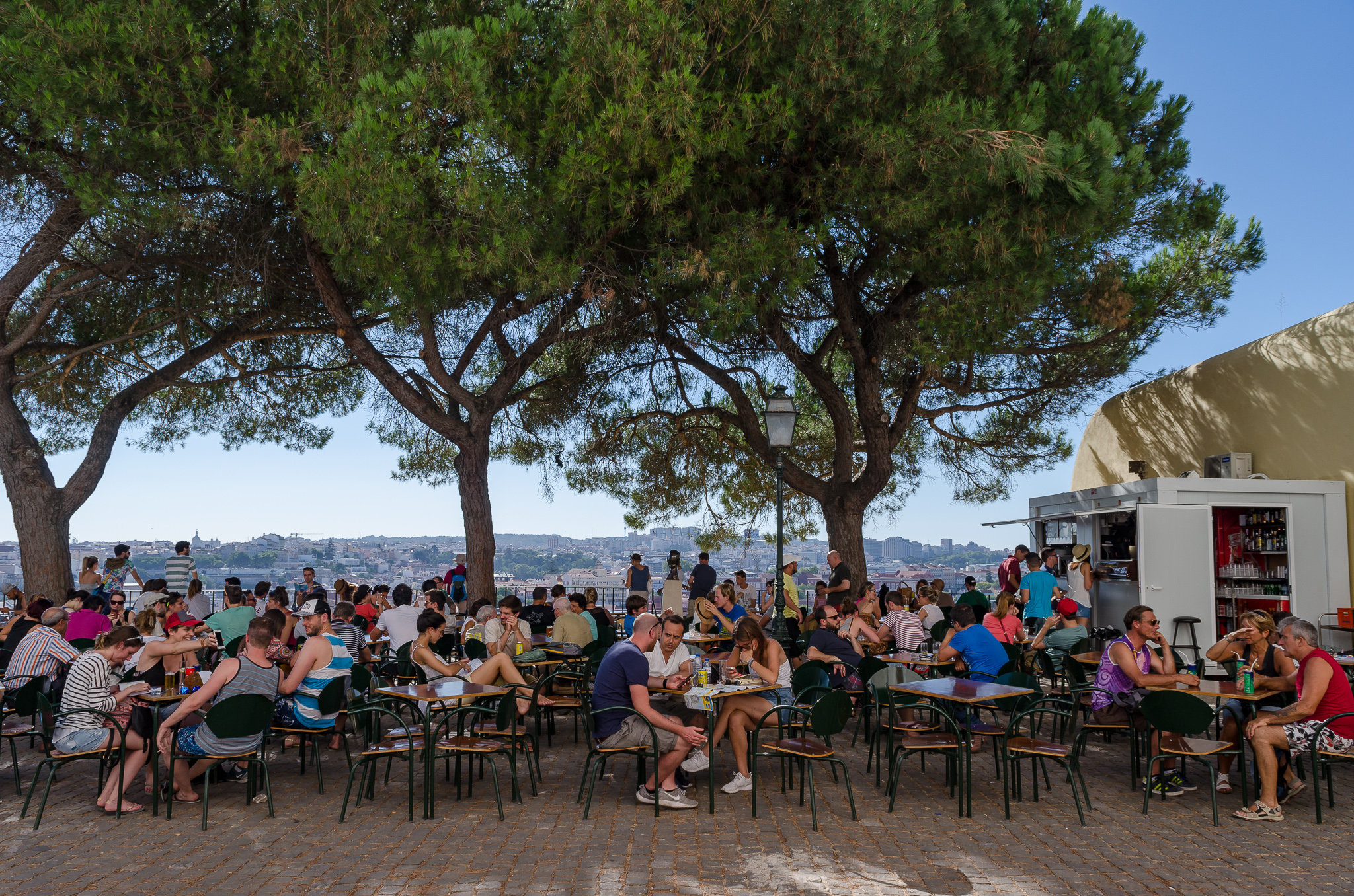
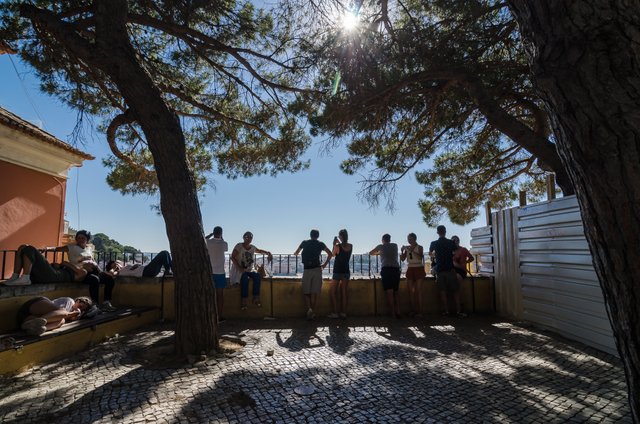
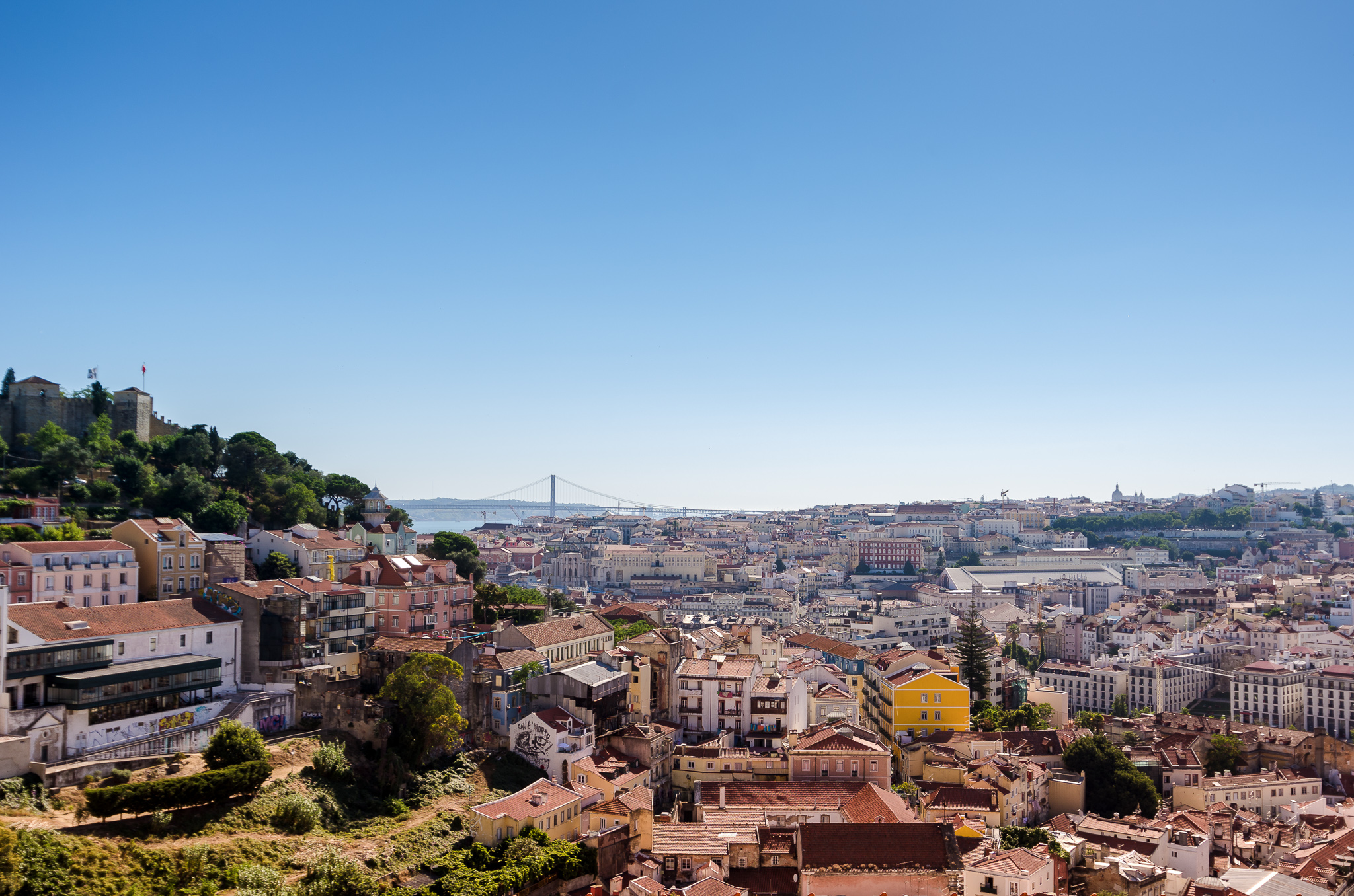
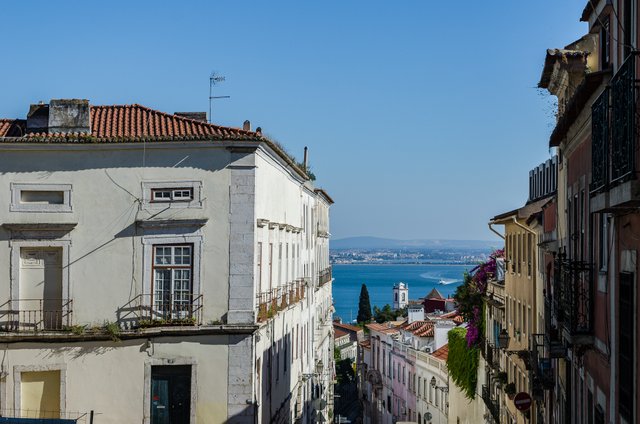
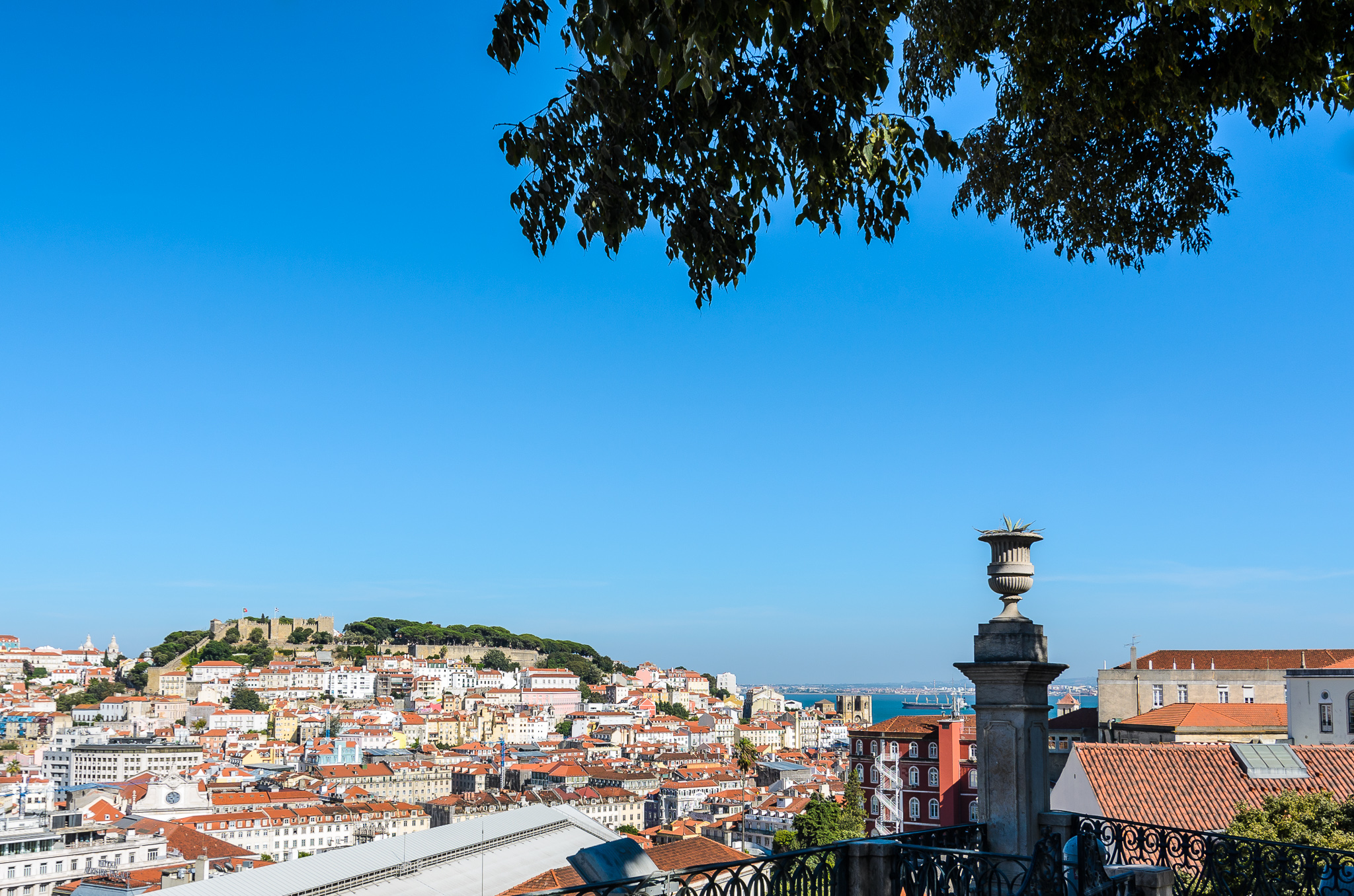
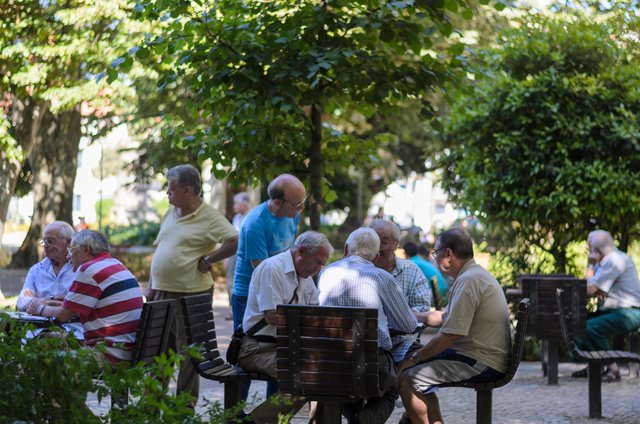
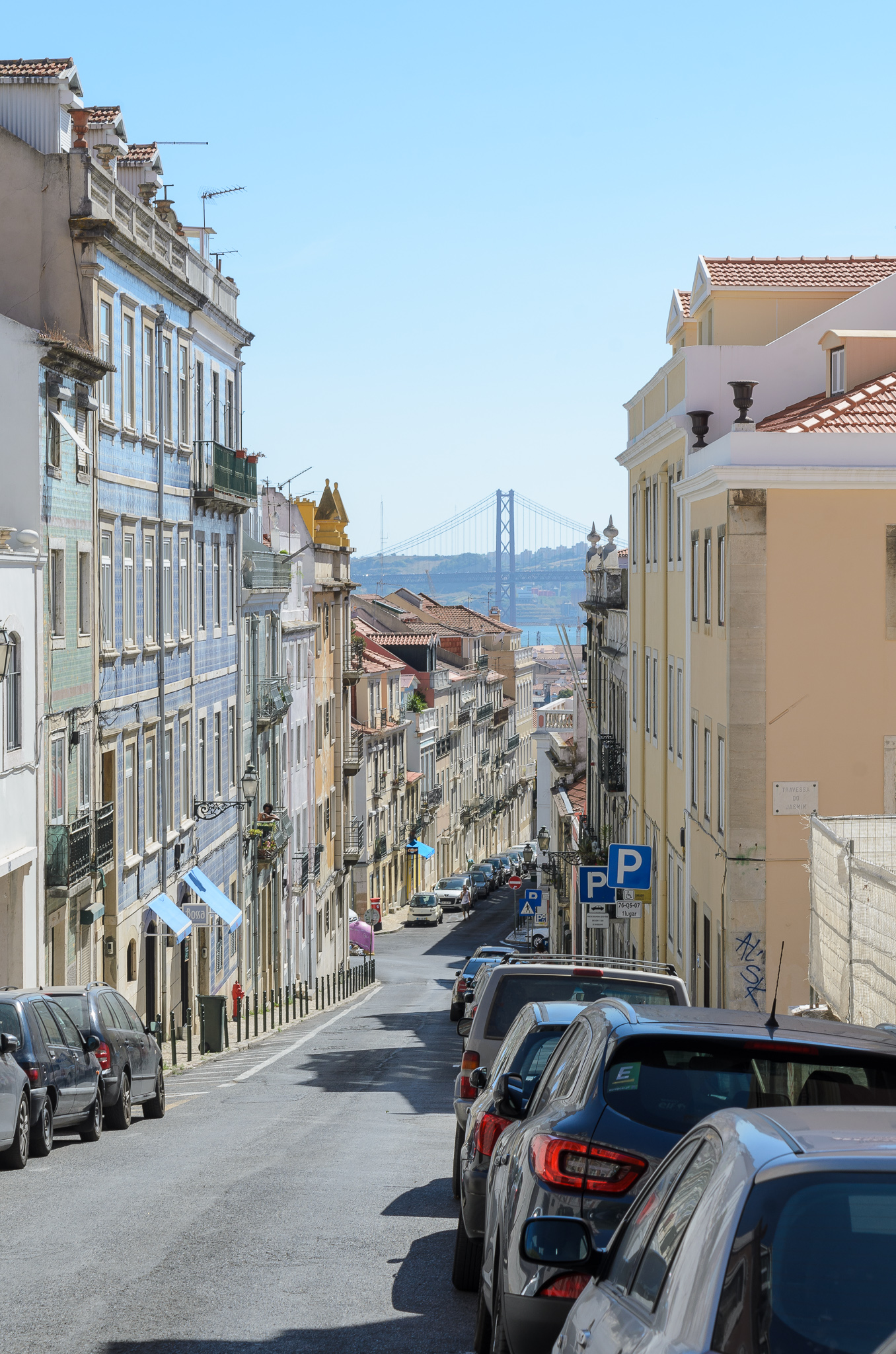
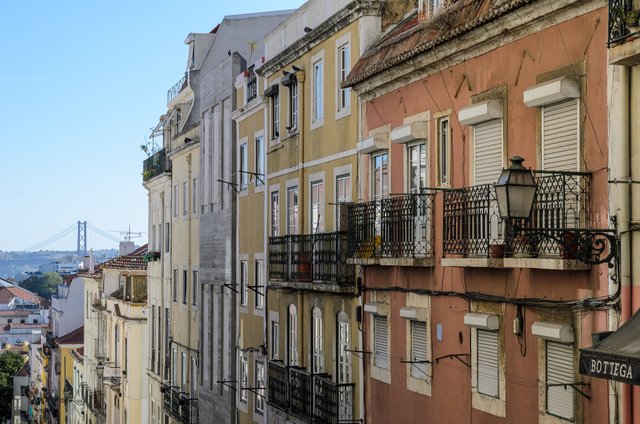
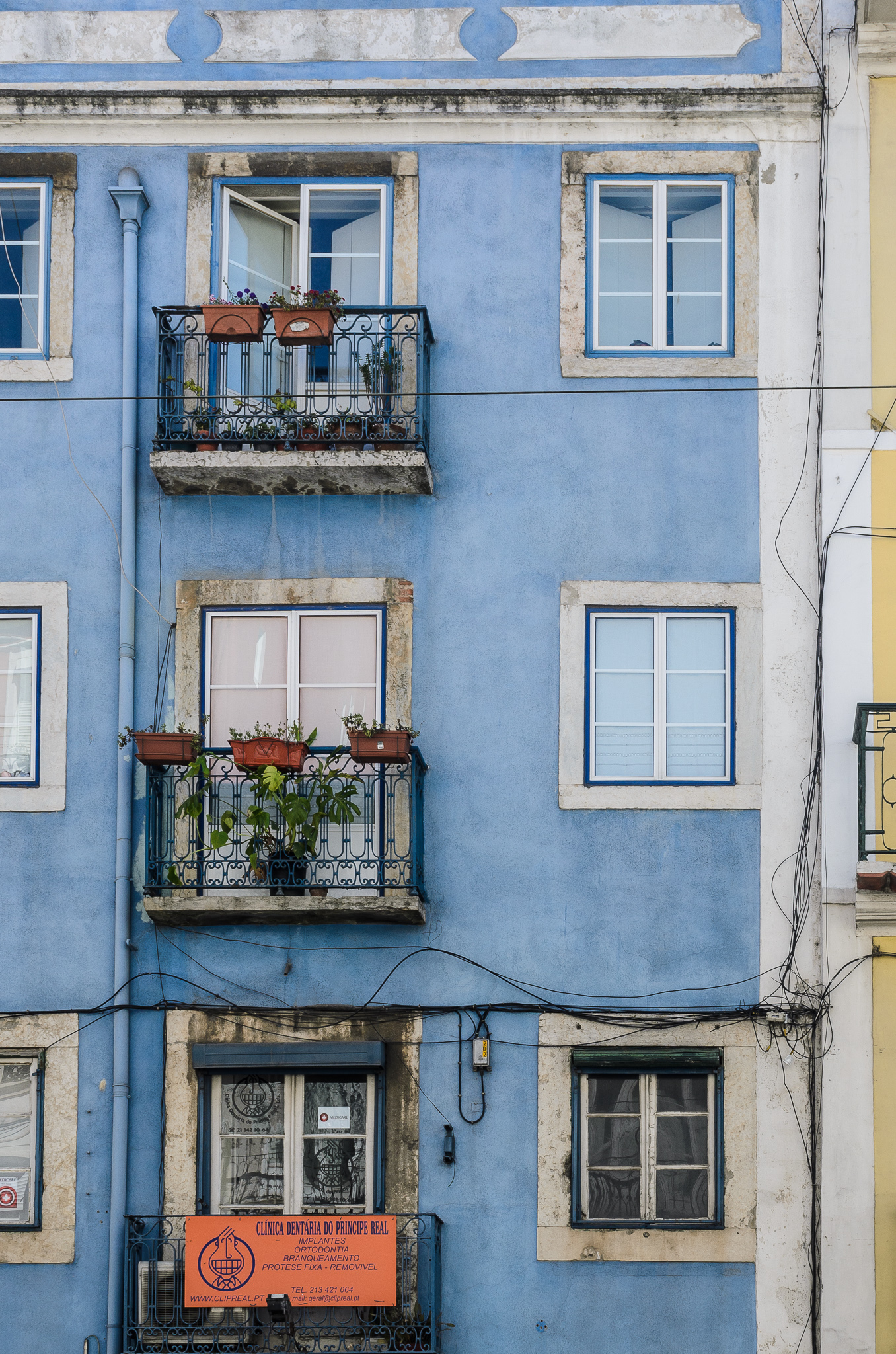

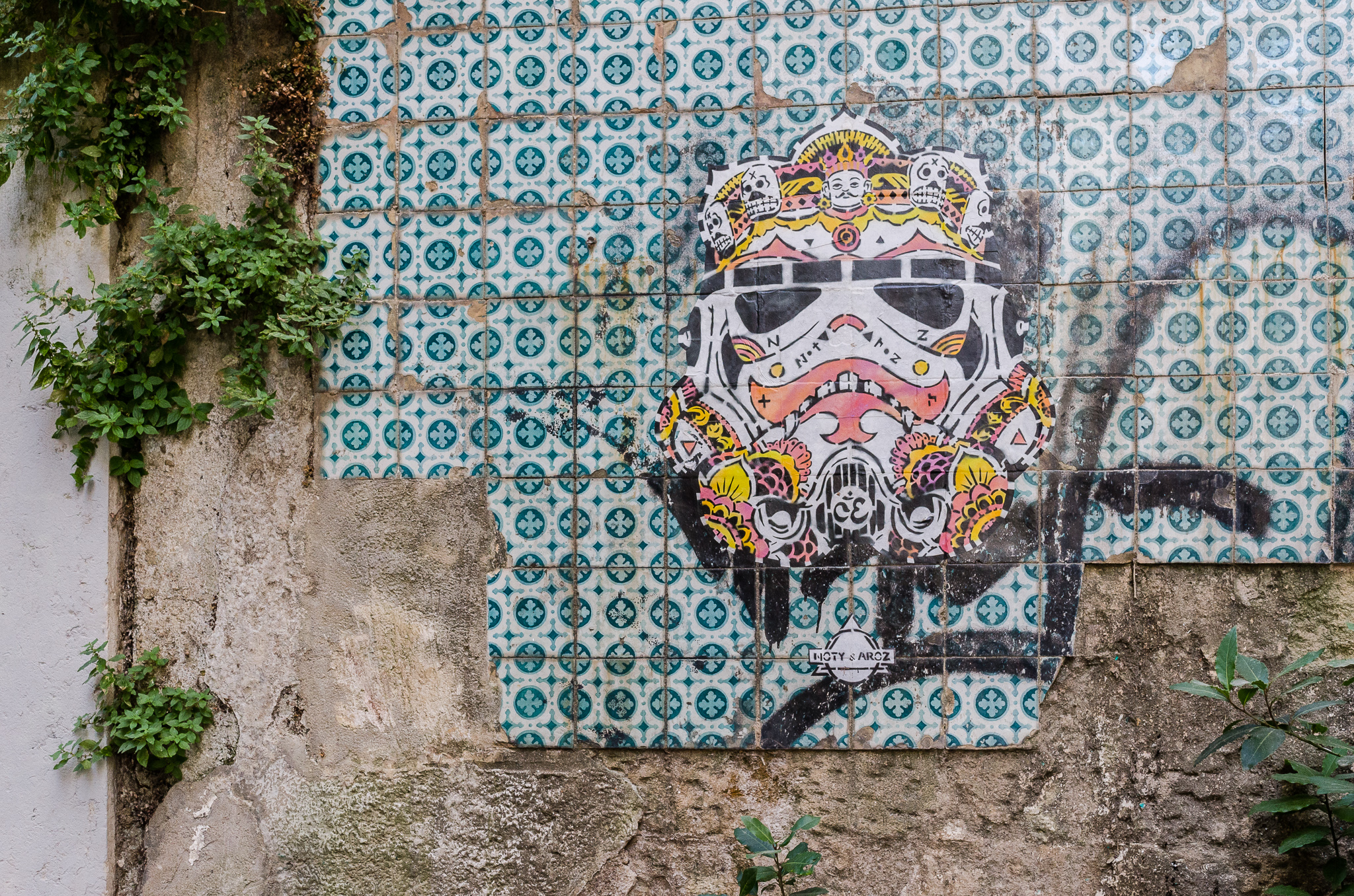


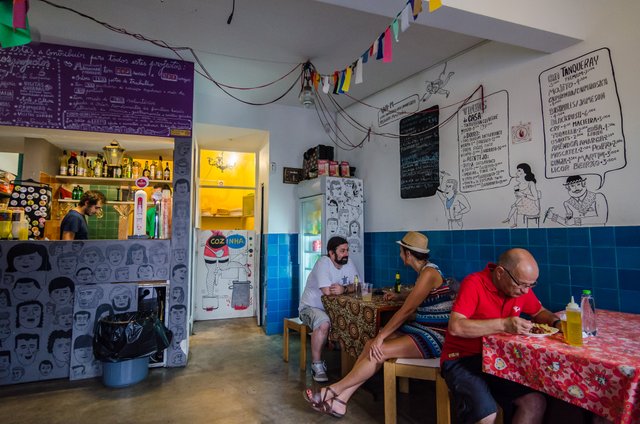
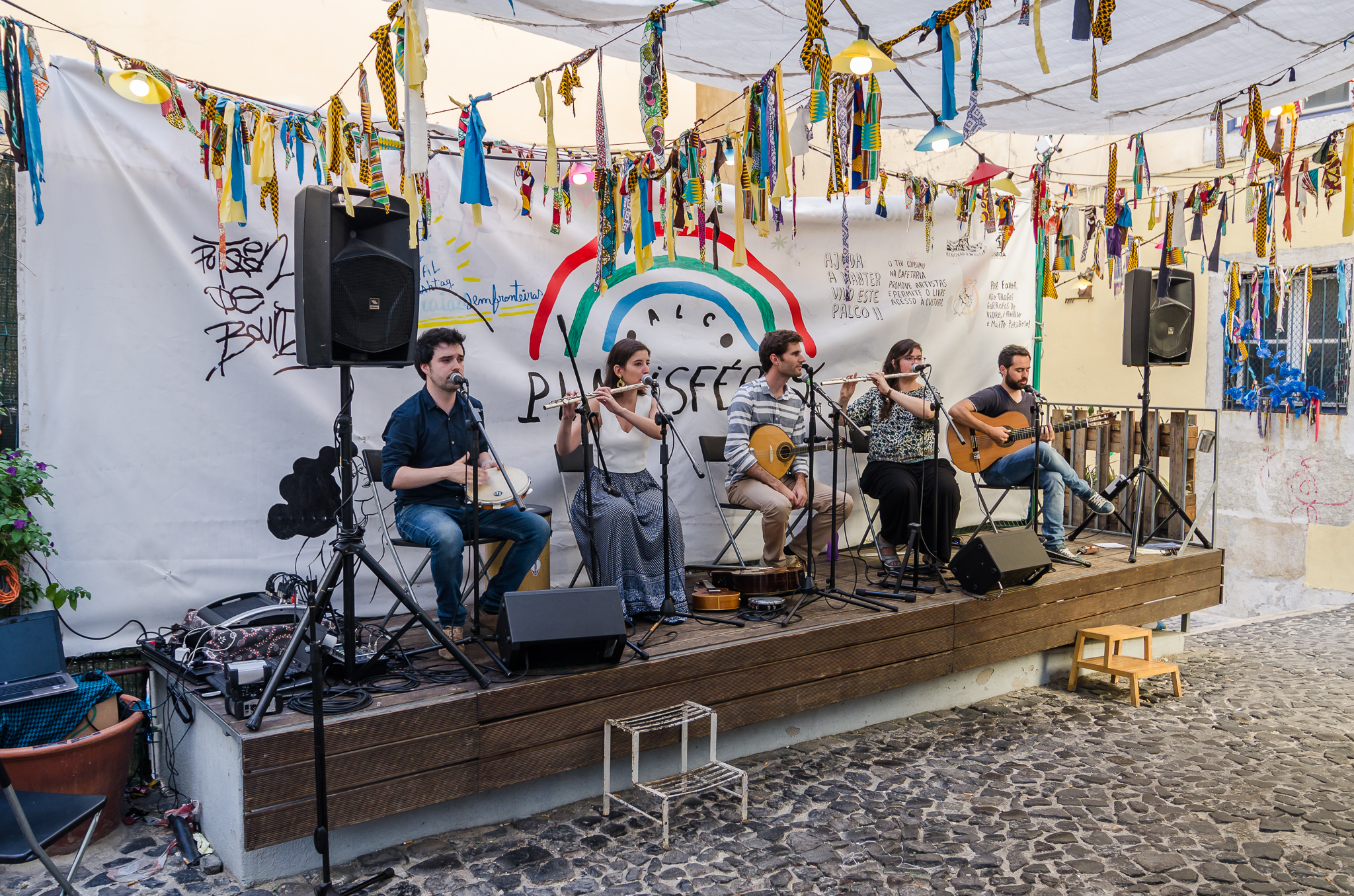
I always wanted to visit Lisbon. Thanks for sharing some of the lesser known areas. In the Mouraria and Palco Planisfério section, the second picture looks like Storm Trooper. What is that a picture of?
Thanks for your comment - the photo is of some street art by Noty & Aroz. It's at the top of the steps as you head up from the Baxia to Palco Planisfério.